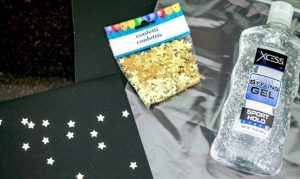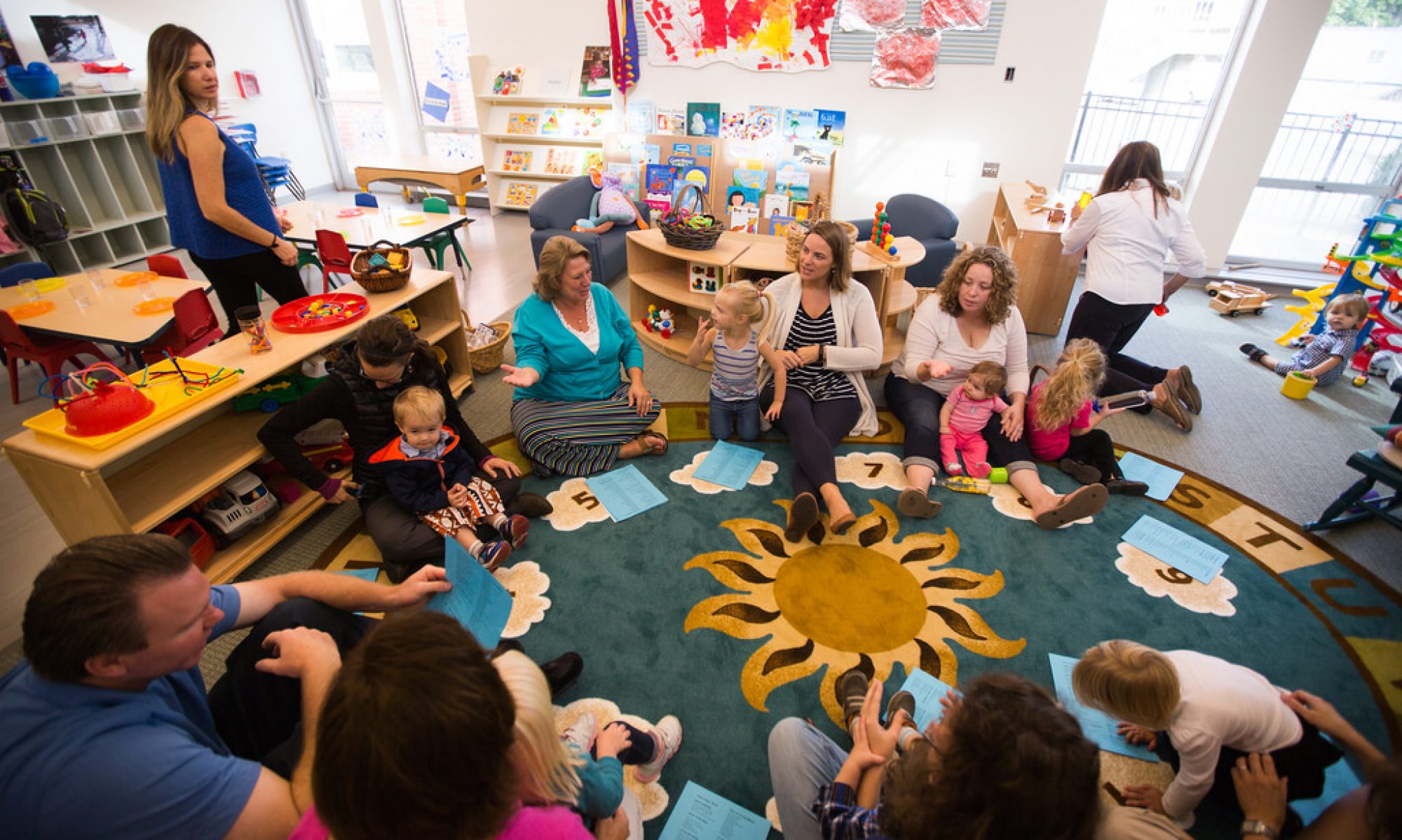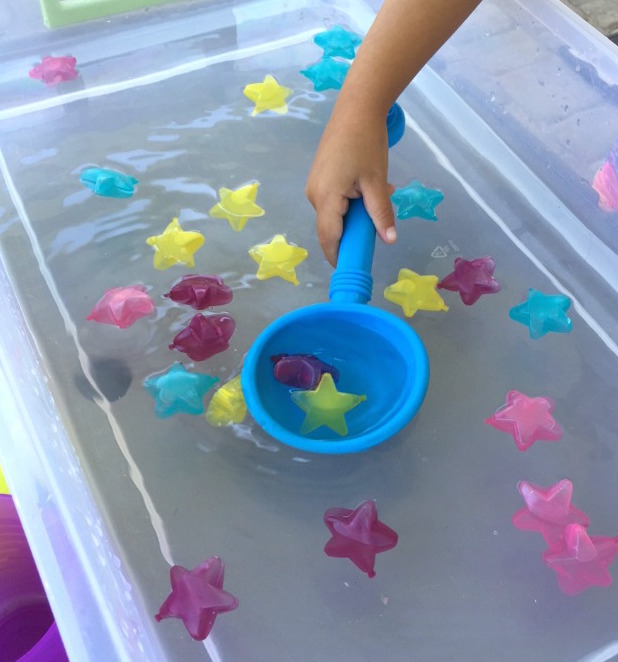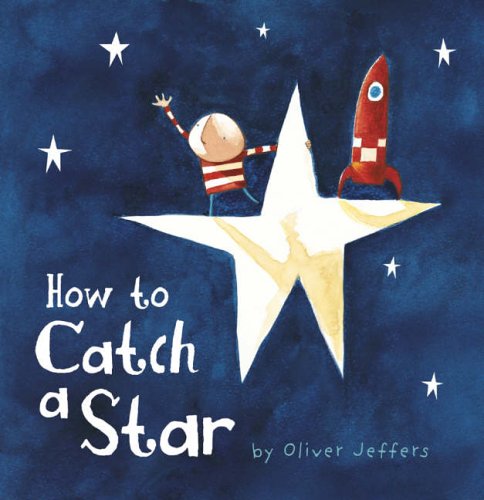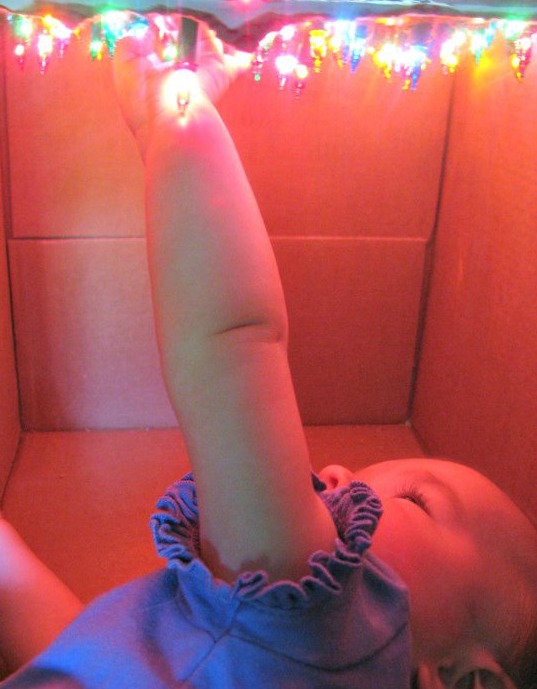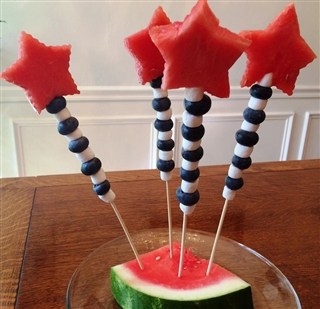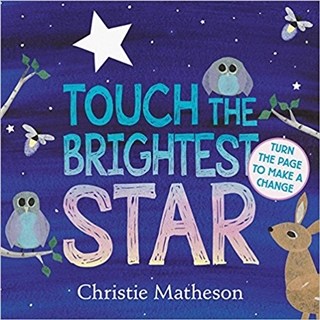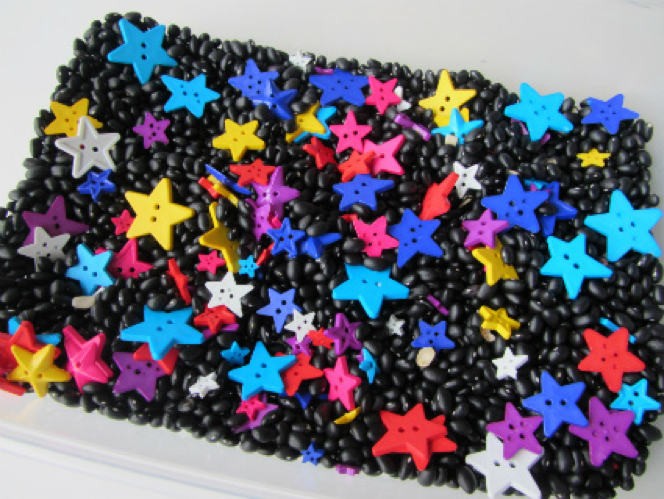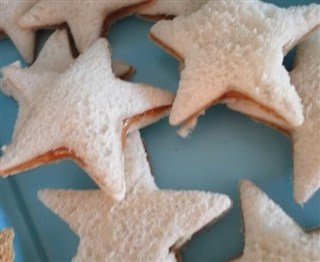by Mildred Cawlfield, Acorn Director
Locking horns with a child is no fun. This article is devoted to keeping parenting on a steady course and turning what would be moments of conflict into learning experiences.
Babies
“My baby’s not obedient any more,” said a parent whose baby had just learned to crawl. Suddenly this precious baby seemed to have ideas of his own. One of the most interesting and challenging aspects of parenting comes with baby’s newfound independence. He’s really just discovering his own expression of intelligence and identity. The way a parent responds to the need for discipline (learning) helps build a foundation in early years that sets the stage for avoiding undue confrontation in later years.
The curious baby is impelled to explore by touching and mouthing everything within reach. He doesn’t know the difference between fragile figurines and plastic toys. It’s the parents’ job to teach him what he may and may not do. If baby meets a “no” with every turn, his curiosity may be curtailed. But if he’s simply kept in a playpen with few opportunities to explore, he won’t learn necessary restraints. The best approach is to remove as many tempting objects as possible and consistently teach him to stay away from the others (such as the TV, light sockets, and lamp cords).
If baby goes back to the TV knobs, take him away, saying in a firm (but not angry) voice, “You may not touch the TV knobs. Here is your busy box. You may turn these knobs.” Do this repeatedly, never allowing him to touch the tempting objects but always giving him an alternative. If he persists, you may wish to put him briefly in his playpen or crib with the toy so he learns that his freedom to explore includes necessary restraints. Research shows that slapping or spanking is ineffective in teaching inner control. It merely leads to self-justification, fear of the adult, or determination to misbehave when the adult is out of the room.
Toddlers
Toddlers have many rules to learn such as we don’t throw food on the floor; parents need my cooperation when they dress and change me; I must always hold an adult’s hand crossing the street or in a parking lot; I must ask if I want food or if I want to touch something that isn’t mine; I must stay with my parents in public; I must stay in my bed when my parents say it’s bed time; I must use gently hands with my friends; the toilet isn’t convenient water to play in but has a specific purpose; and, basically, I need to cooperate with mom and dad.
These are just a few of the rules the parent needs to establish and teach. The best way is to explain the rule to the child and help him learn it, praising him when he gets it right.
A toddler also needs to learn that he can’t get his way by whining and crying. As an infant he needed to learn to communicate with a cry, but now words are preferable. A parent is tempted to respond quickly to screams, whines, and cries to get them to stop, but instead the disagreeable behavior is perpetuated by being rewarded. If your toddler screams or cries for something, get down to his level, look into his eyes and try to verbalize for him in a quiet voice—for example, “Water please. You’d like a drink of water.” Or “Up. You want to be picked up to see out the window.” Then respond to the request. If he wants something he shouldn’t have, refuse to give in to his pleas.
Children over two
It’s very important for children to learn that they can’t have everything they want. Feeding every whim and desire perpetuates dissatisfaction. Acknowledge your child’s communication by saying, “I know you’d like that toy. It looks like a lot of fun. But we can’t have everything we want, and we’re not buying toys today.”
When children are three or four and start reasoning with us, sometimes the lines between adulthood and childhood can become blurred. The child may start making the rules, and the adult may begin to feel out of control. The adult must continue to retain the leadership even though he wishes to encourage independent and creative thinking, because he has the experience and judgment to be the educator. The child will respect the adult who listens to his ideas but still retains the authority. Children should obey, not “Because I said so,” but because “It’s the right thing to do.” Parents can let their children know that, though parents sometimes make mistakes, they are praying and listening to God to know what’s right. As the Bible says, “Children obey your parents in the Lord: for this is right.” (Eph. 6:1) We don’t need to apologize to children for treating them like children. Children have a right to courtesy and respect, but they need to know that certain activities and opportunities to make decisions will come later as they continue to grow bigger. In the meantime, we can help them enjoy their childlikeness.
As children gain experience with rules and the reasons for them, they can participate in planning and rule-establishing. You can talk with them before a coming activity and ask what rules would be useful. Evaluate with them the suggestions and agree upon the rules. Then, during the experience, you can remind them of their “good ideas.” For example, before a trip to a park, you should tell the children how long they will stay. Then you may ask questions such as: How shall I let you know when it’s time to go? How will you let me know you’ve heard me? I’ll be at the picnic tables—what area should you stay in so I know where you are? How will you let me know if you need help?
Children need to learn that it’s not all right to interrupt an adult conversation. They may learn how to say “Excuse me” if they have something very important to say. But they must learn to be patient and entertain themselves until the adult gives them the “floor.” When children are with mom all day and used to having her attention, they may find it difficult to share her with dad at the end of the day. They should be told, “I need to talk to dad, now. You may look at your books or play with your toys for a little while. When our conversation is over we will play a game or talk to you.” Then, if the child continues to interrupt, he should be ignored, not rewarded with continued reminders. He may need to be given a choice: “You may play quietly here until we finish our conversation, or go to your room to wait.” Then, of course, when the child does wait patiently, he should be praised and given the needed attention. Though long adult conversations should take place when the child is asleep or otherwise occupied, it’s important for children to learn patience and courtesy for needed adult conversations and phone calls.
Willfulness can be a two-sided thorn. If we are seeing a willful child, we may look to ourselves and find some willfulness there, too. It’s helpful to know that there is really only one will, God’s, which is governing and guiding us. We should ask the question, “What is right?” It isn’t necessary to mediate between differing wills, because what is right, is right for everyone. But it is important for the parent, who is teaching right actions, to have principle-love as the basis of determining what is right. If we make a mistake, it’s best to admit it to the child and let him know we are still learning, too. This will help him learn to let go of self-justification.
Willfulness tends to be perpetuated in one of two ways: either through feeding it by giving in to it, or by butting horns with equal willfulness. Acknowledging your God-given goodness, and that of your child, puts you on the child’s side with willingness to do what’s right against the willfulness that would separate you.
